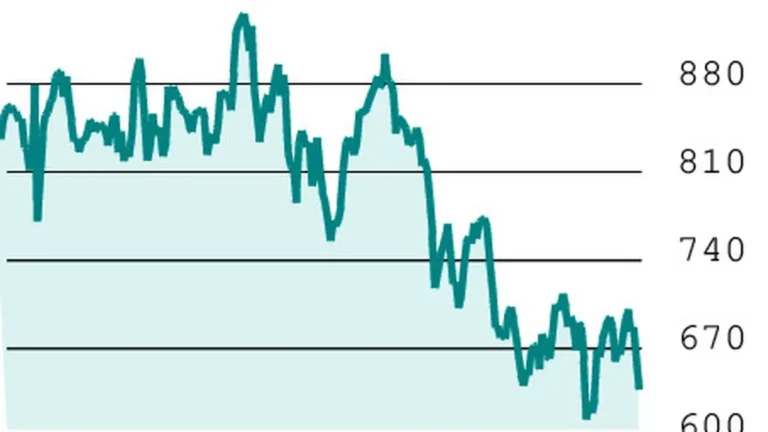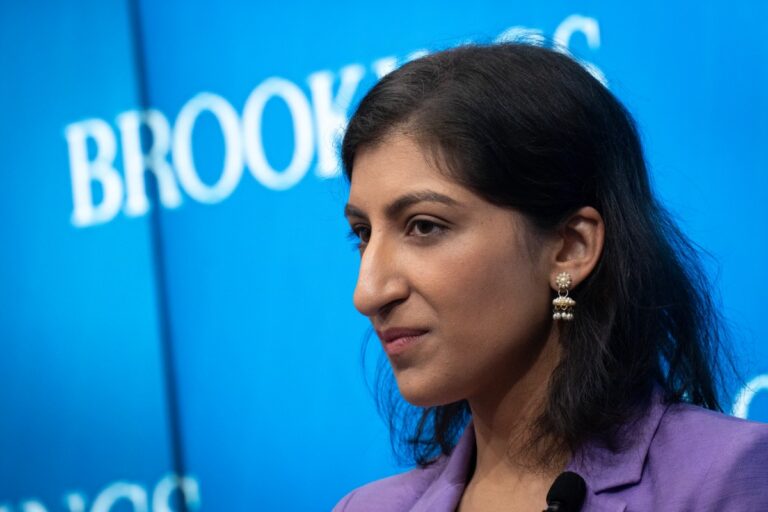The Securities and Exchange Board of India (SEBI) plans to allow a delta-based end-of-day position limit for futures and options and has proposed the limit at an equivalent of ₹10,000 crore on a gross basis, scrap intraday limits on index options and futures, and tweak the definition of market wide position limits as part of phase two of derivatives reforms, according to people with direct knowledge.
The changes were recently approved by SEBI’s secondary market committee, and the future equivalent or delta-based approach calculates open interest taking into account the price sensitivity of each contract to the underlying. Currently, it is calculated by adding up the notional value of all outstanding contracts held by participants. A final circular is expected this month.
This new method comes with end-of-day index derivatives OI limits, which are likely to be revised from the initial proposals following public comments and a move towards tighter surveillance rather than hard limits that can stifle legitimate market making. SEBI may set the net FutEq limit at ₹1,500 crore and gross limit at ₹10,000 crore on both long and short delta each, sources said.
In February, the regulator had proposed a net end-of-day future equivalent limit of ₹500 crore and a gross limit of ₹1,500 crore as part of the new method. Currently, there is a net limit of ₹500 crore and no gross limit on positions.
Tighter surveillance
Position limits on index derivatives faced the most backlash from industry among its nine proposals, with 55 per cent public comments disagreeing with the proposal. SEBI is also expected to do away with the proposed intraday net limit of ₹1,000 crore and gross limit of ₹2,500 crore.
“SEBI will continue to monitor intraday positions of everybody across the market four times a day on random times…If the positions of certain individuals are beyond certain limits, the exchanges will dig deeper,” a source said.
The regulator and exchange’s surveillance departments are expected to remain involved to avoid any risks of manipulation or concentration risk—similar to most global jurisdictions. The stock exchanges, in consultation with SEBI, will soon issue a standard operating procedure (SOP) on what needs to be done and checked in case of any breaches, the source said.
The proposed definition of market-wide position limits (MWPL) is also expected to be tweaked to the minimum of 15 percent of free float or 65 times the average daily delivery volumes (ADDV) across exchanges with a floor of 10 percent of free float. SEBI to increase the initially proposed 60 times ADDV to address concerns regarding stocks entering ban under the new method.
These changes are expected to better align risk metrics in the derivatives segment with actual market exposure, prevent any potential manipulation, and weed out instances of a script going into the ban period without any extensive build-up of risk. Sebi didn’t respond to an email seeking a comment.
More tightening likely
While these measures are not aimed at reducing derivatives volumes, sources suggest SEBI is evaluating more actions in the futures and options (F&O) space to contain the speculation, particularly on expiry days.
The regulator has analysed activity in index options between December 2024 and March 2025, in tandem to SEBI’s six-step measures to curb derivatives activity, to find a much higher activity than two years ago.
SEBI data suggests that the number of individuals trading in equity derivatives is down 12 per cent year-on-year, but up 77 per cent when compared to the December 2022-March 2023 period.
The index options volume of individuals is down 5 per cent on premium terms and 16 per cent on notional terms, but up 34 percent and 99 per cent on premium and notional basis respectively. India continues to see the highest level of trading in the segment, particularly in index options, in relation to the size of its cash market.
Published on May 11, 2025















